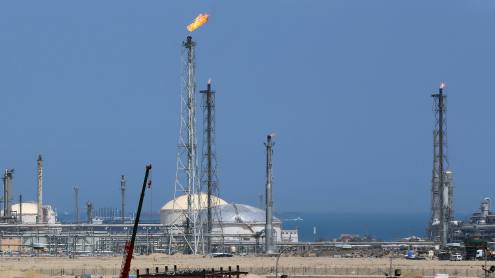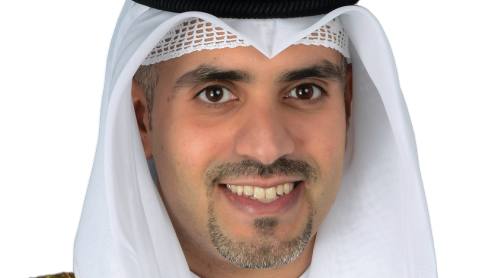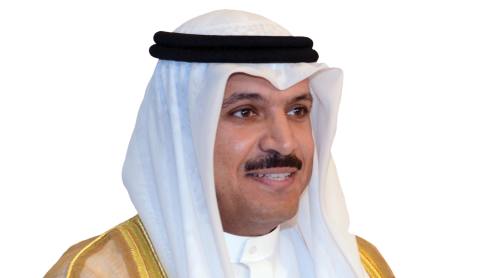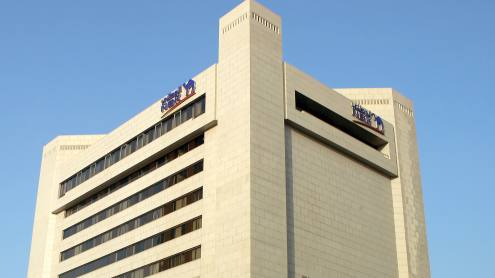Visitors flying into Kuwait City today are greeted by views of the mighty Sheikh Jaber Al Ahmad Al Sabah Causeway (SJSC), named after the country's third emir in its constitutional era. This $3bn project, due for completion later in 2018, will link the capital with Subiya in the north of the country, via a 36-kilometre cable-stayed bridge across Kuwait Bay. The impact of this investment will be appreciable, cutting the driving time between the two locations from about 90 minutes to less than 30.
This is significant because the SJSC will offer a vital lifeline for the development of Silk City, a multi-billion-dollar mega-project expected to provide hundreds of thousands of new homes, as well as commercial space, for Kuwait’s growing population. Together, these projects symbolise the ambitions underscoring the government’s development plans. Under a vision of ‘NewKuwait’ the authorities hope to transform the country into a financial, cultural and institutional leader in the region over the coming decades.











